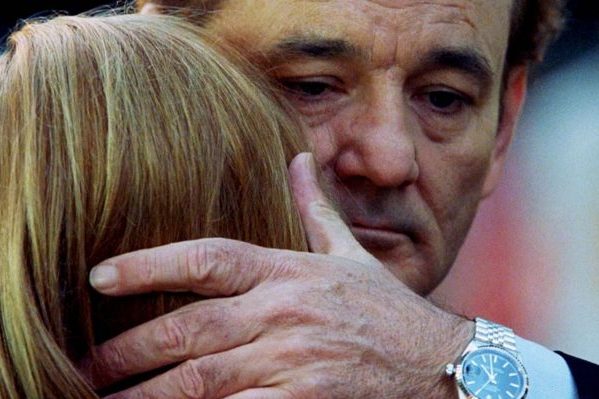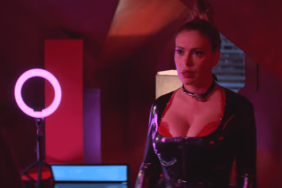The plot of a movie is pretty much always shrouded in mystery; the fun of watching comes when your questions are answered in a slow, sometimes thrilling manner. When the credits roll, usually all of our questions are answered (except films that demand a sequel or have tolerably ambiguous endings). That said, some of the greatest movies of all time leave loose ends dangling for the viewer to decipher, inviting the audience to think. What are we if not neurotic, confused, and demanding beings, constantly making mountains out of molehills? That said, while many have tried, there are plenty of movie mystery scenes we still don’t have answers to; mysteries that can’t or won’t be solved. Still, here are 10 we desperately need (but really just want) to know more about.
Cover Photo: Focus Features
Mandatory Staff Picks: The Best Movies About Ghosts (And Ghostbusting)
Mandatory Staff Picks: The Best Back-to-School Movies
Visit the Mandatory Shop for great deals on your very own Mandatory merch.
Follow Mandatory on Facebook, Twitter, and Instagram.
Movie Mystery Scenes
-
What does 'The Shining's finale scene mean?
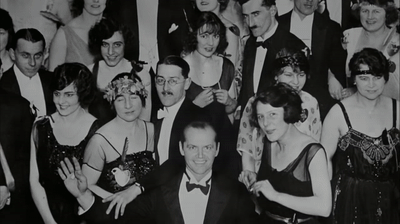
The antics of The Shining end when Jack Torrance freezes in the hedge maze, allowing Danny and his mother to escape the Overlook Hotel. In the film’s final scene, the camera pans to a photo hanging on the wall inside the hotel that shows Jack Nicholson’s character attending a party in 1921 (the movie takes place in the '70s). So, how is Jack in this photograph? Is he the manifestation of some sort of poltergeist? Does the photo have a symbolic meaning? Unfortunately, this tidbit was not in Steven King’s novel and Stanley Kubrick’s lips are sealed.
-
Did Patrick Bateman actually kill all those people in 'American Psycho?'
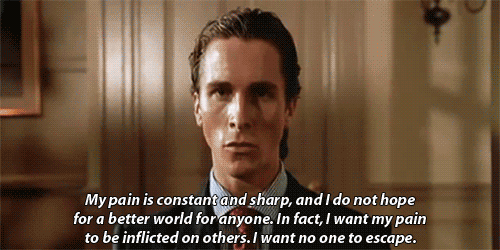
Patrick Bateman is bonkers. In American Psycho we see him brutally murder plenty of people before confessing his crimes to his lawyer near the end of the film. In the final scene, Bateman asks about his voicemail the following day, only to have it laughed off. Also, some of the people he thought to have killed, turn out to be alive? The film is old from Bateman’s point of view and, if he’s a deluded man, it makes sense that he’d be an unreliable narrator. Therefore, audiences have been left to wonder what Bateman actually did and didn’t do.
-
Is Rick Deckard a Replicant in 'Blade Runner?'
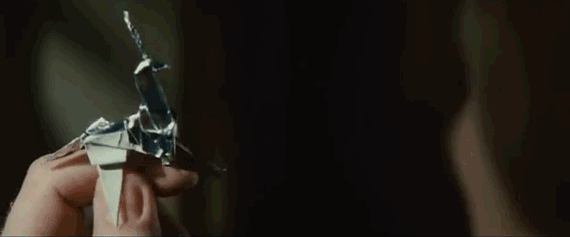
In Ridley Scott’s Blade Runner, Deckard has a dream about a unicorn after a night out. In the 1992 director’s cut, a fellow blade runner, Gaff, leaves an origami unicorn for Deckard (implying that he knows his dream aka Deckard is a man-made). The scene appears to cement the idea that Deckard is the very thing he hunts (something the film hints at but never fully addresses). Denis Villeneuve’s sequel, Blade Runner 2049, avoids answering this question; instead, it further complicates one of cinema’s great debates.
-
So, can the 'Birdman' actually fly?
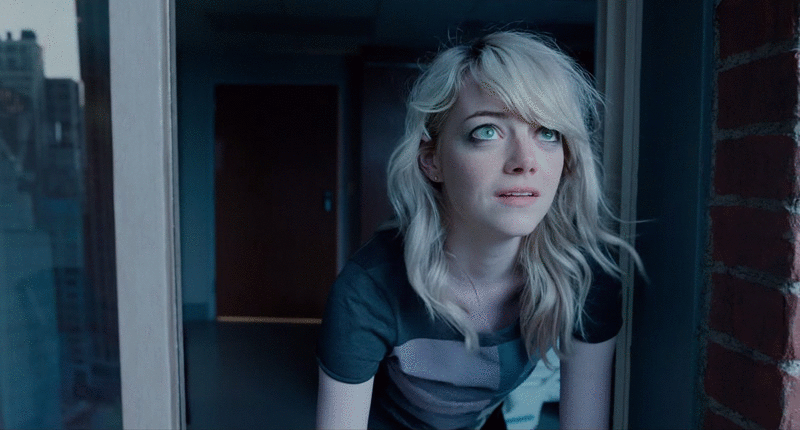
Birdman follows former cinema superhero, Riggan Thornson as he attempts to be taken seriously in a Broadway production. Over the course of the film, he becomes progressively unhinged (or so we think) until ultimately shooting himself in the head on stage. In the final scene, Riggan wakes up in a hospital bed before jumping out the window. When his daughter arrives to visit, she walks over to the window, looks up, and smiles—implying that Riggan is actually the superhero “Birdman” and can fly…or Riggan is dead and it's all a hallucination.
-
Is Cobb dreaming at the end of 'Inception?'

Inception’s protagonist, Dom Cobb, spins a top (his totem) periodically throughout the film to tell if he is awake—it will fall if he is. At the end of the film, Cobb finally reunites with his children, leaving his totem to spin on the table. Just when we think it’s about to topple, the movie cuts to black. The end. This implies that he might still be in a dream and never made it home to his family. The ambiguous ending is meant to signify that it doesn’t matter anymore to Cobb; he’s chosen his reality. However, there are clues (like his absent wedding ring) that suggest a happy ending.
-
The FedEx package...

When Chuck Noland becomes stranded on a deserted island in Cast Away, he opens all of the FedEx boxes aboard his plane, all but one. He leaves this one box unopened as a symbol of his desire to survive: one day, he will deliver said package. At the end of the film, Noland does deliver the package (presumably to a new love interest...later Helen Hunt) but we never get to find out what’s inside. Director Robert Zemeckis has joked that the box contained a satellite phone...
-
Who is 'The Thing?'
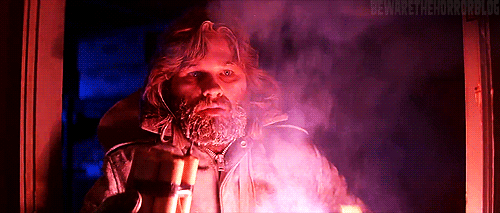
John Carpenter’s classic horror film, The Thing, follows the inhabitants of a research base in Antarctica that is terrorized by a identity-stealing life form. At the end of the film, MacReady and Childs are the only two characters left alive (the audience assumes the monster has been defeated); that said, it's heavily implied that “the thing” is one of them. Whether you think the whole “drinking Scotch” is some sort of clue is up to you.
-
Did Cliff Booth kill his wife in 'Once Upon a Time in Hollywood?'
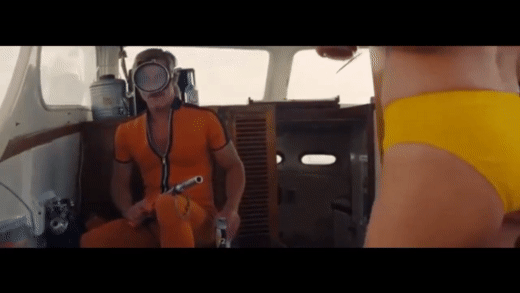
It may seem like a tiny detail, but whether or not Cliff Booth murdered his wife, Billie Booth, in Once Upon a Time in Hollywood has serious implications. In a flashback scene (that we aren’t sure is entirely objective), Cliff is on the set of The Green Hornet. When Rick tries to convince Randy to hire Cliff, another flashback occurs showing Cliff drinking on a boat with his wife. We see Cliff wielding a harpoon gun while his wife berates him; however, we never see Cliff actually do anything. If Cliff did kill his wife, it completely changes the way we interpret not only his character but the “heroism” at the end of the film.
-
How did the Joker get those scars in 'The Dark Knight?'

Like most incarnations of the Joker (or at least the best ones), Heath Ledger’s Joker does not have an origin story. On three occasions he tells (or begins to) the story of “how [he] got [those] scars.” Each time, the Clown Prince of Crime tells a different story. The first story involves an abusive father while the second a gambling wife and some loan sharks. We never get to find out if either story is true (they most likely aren’t), nor the real name or origin of Ledger’s Oscar-winning character.
-
What did Bob Harris whisper in 'Lost in Translation?'
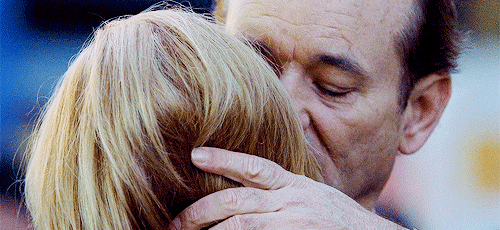
At the end of Lost in Translation, Bill Murray improvised (as was the final kiss) the part of the goodbye his character whispers in Charlotte’s ear. Thanks to audio-amplifying technology, fans have come up with “I have to be leaving, but I won’t let that come between us.” However, Sofia Coppola always intended for the ending line to be ambiguous and what Murray ended up saying isn’t necessarily encapsulated in the non-existent line’s true meaning.
